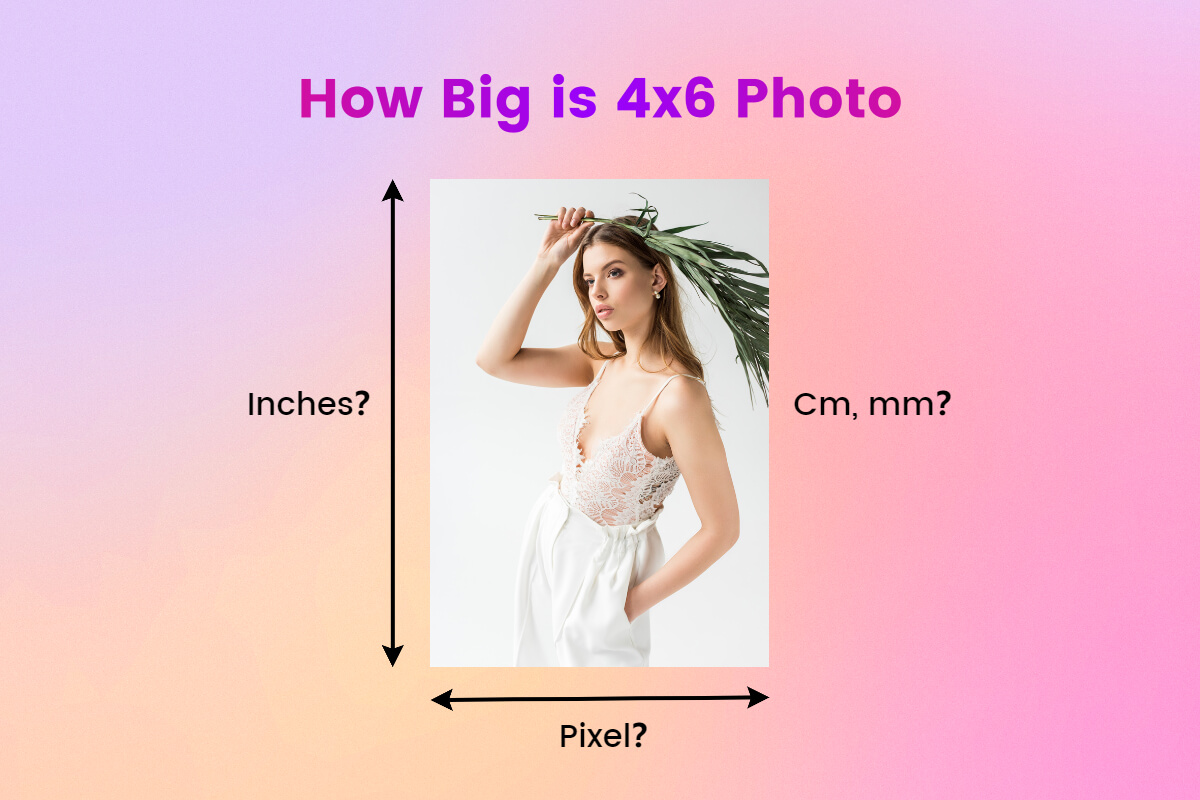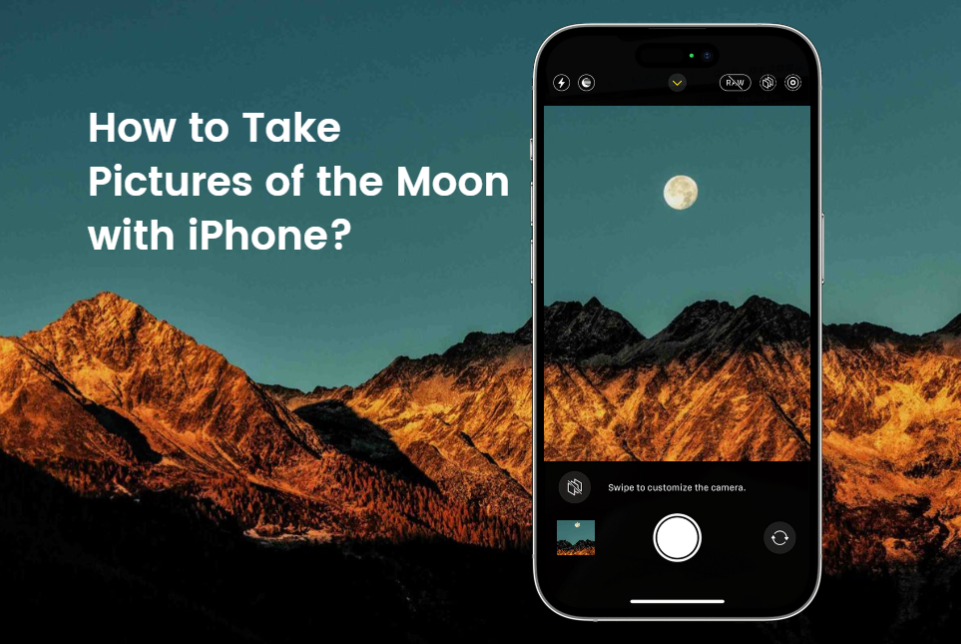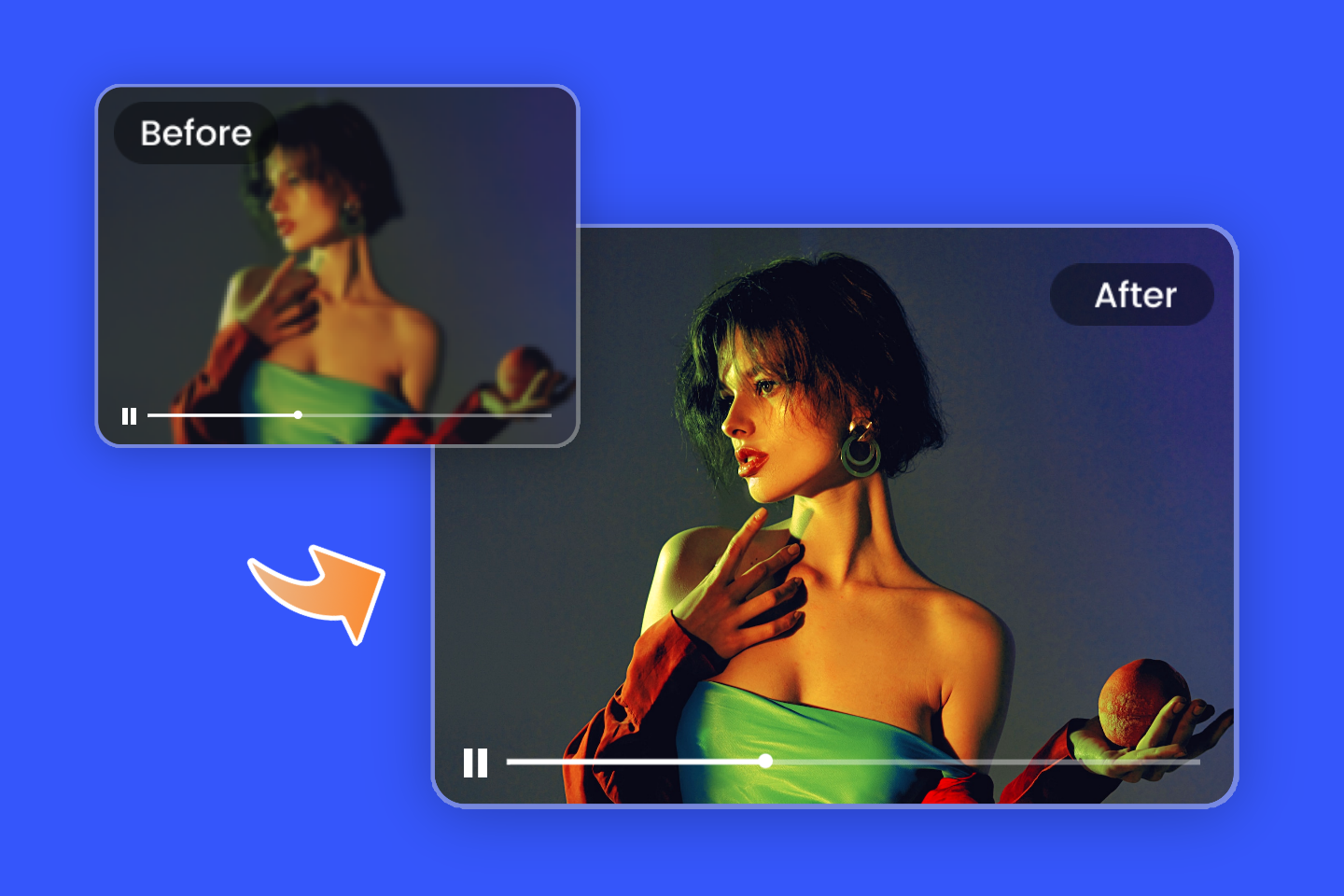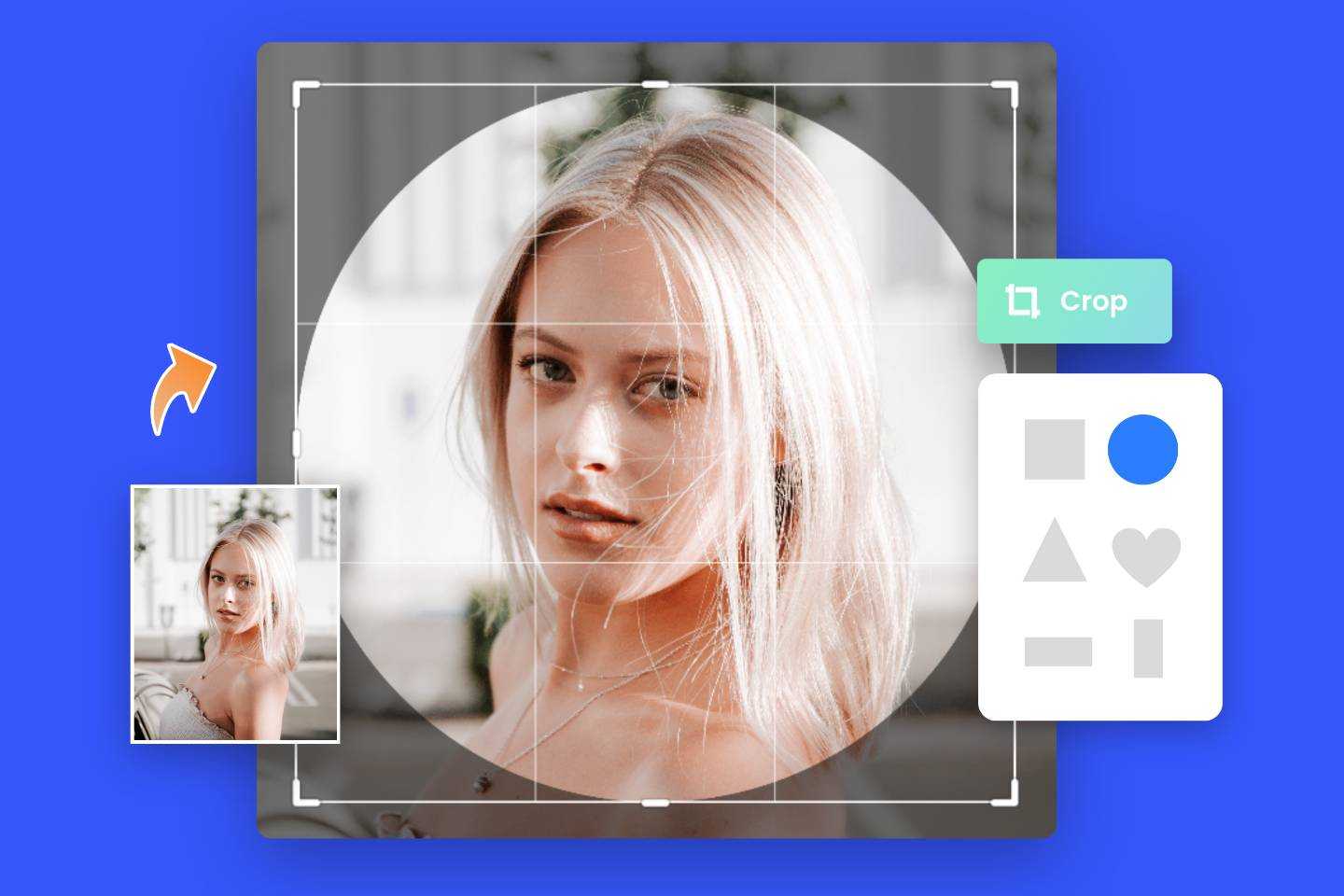AI Camera Explained: What is it & What it Can Do?
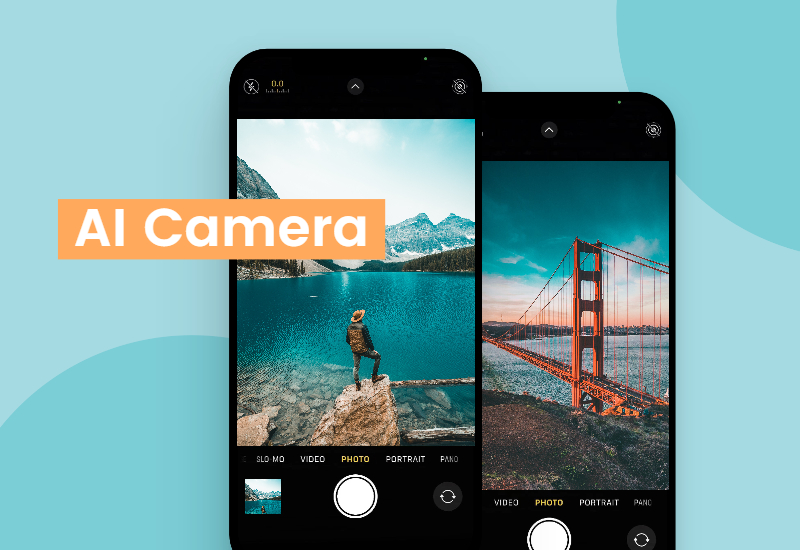
In recent years, AI has made significant strides in various industries, and photography is no exception. AI cameras are revolutionizing the way we capture and create visual content, offering an array of advanced features and capabilities that were once unimaginable.
In this blog, we will explore what AI cameras are, how they work, and the numerous possibilities they bring to the world of photography and videography. From object recognition and scene detection to image enhancement and creative filters, AI cameras are not only enhancing image quality but also expanding the boundaries of artistic expression. So, let's dive in and discover how AI cameras are transforming the way we see and capture the world around us.
What is an AI Camera?
An AI camera is a camera system that integrates artificial intelligence technologies to improve its performance and overall user experience. By leveraging machine learning algorithms, computer vision, and other AI techniques, these cameras can recognize and process the visual information within a scene, enabling features such as object recognition, scene recognition, image enhancement, smart composition, facial recognition, video stabilization, and more.
Core Features of AI Cameras
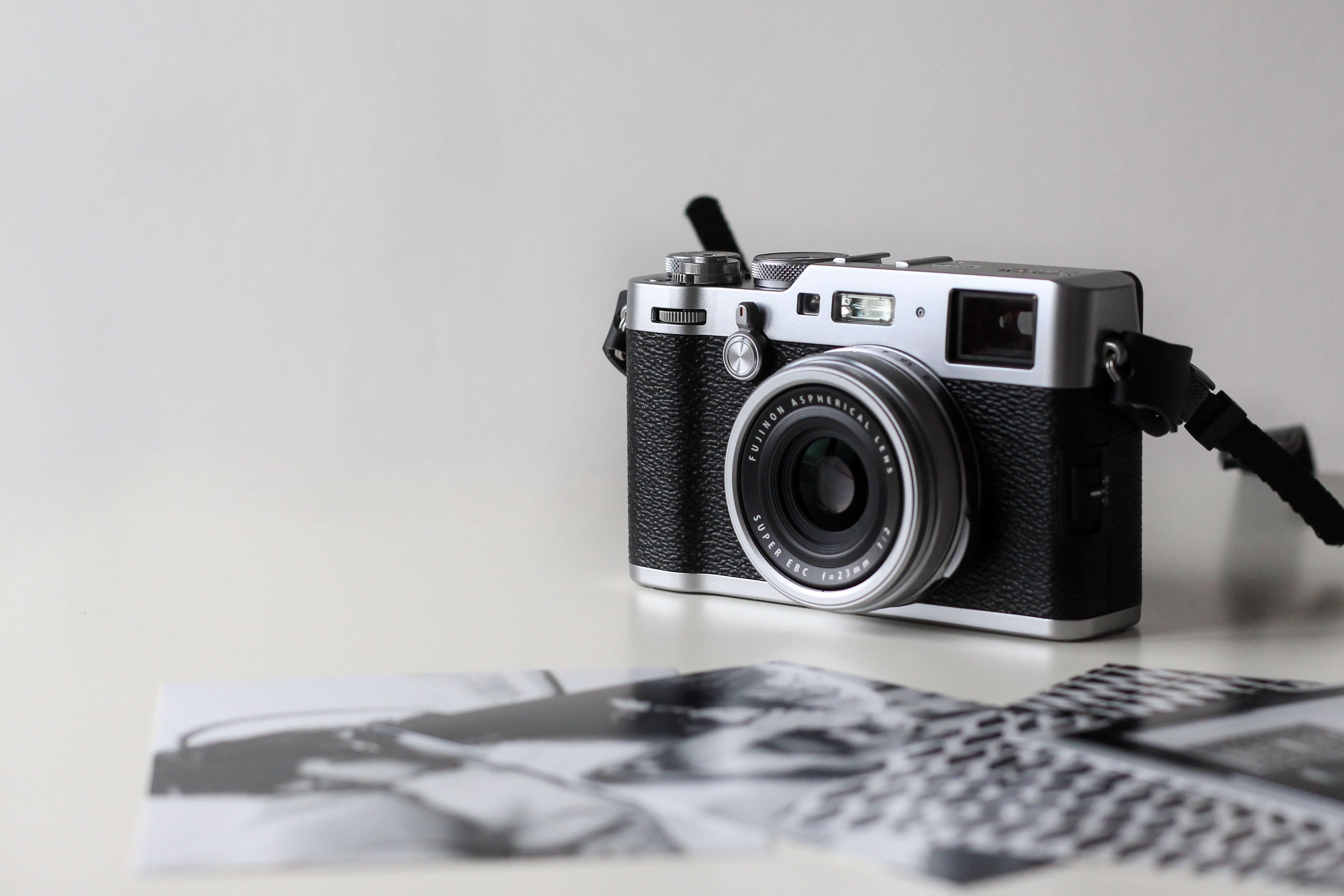
1. Object Recognition and Tracking
The first thing to mention in the AI camera is the recognition and tracking feature, which means that the AI camera will automatically recognize objects, animals or people within the frame. This feature helps improve autofocus, auto exposure, and auto white balance, ensuring that the subject remains sharp and well-exposed.
2. Scene Recognition and Auto Settings Adjustment
Imagine capturing a shot in low light with a sharpness that is far from ideal. This is where the AI camera comes in. Once the camera has recognized the scene, it can then adjust its settings to optimize the image quality. For example, if the camera detects that the scene is dark, it may adjust the exposure settings to capture more light. If the camera detects that the scene has a lot of motion, it may increase the shutter speed to capture the motion more clearly.
3. Image Enhancement and Post-processing
AI cameras use a range of image enhancement and post-processing techniques to improve the quality and aesthetics of images. Some of the most common techniques include noise reduction, sharpening, color correction, and HDR processing.
The advantage of these image enhancement and post-processing techniques is that they can significantly improve the quality of images, even in challenging lighting conditions or situations. They can also save time and effort for photographers who might otherwise need to manually edit their photos to achieve the desired results.
4. Smart Composition and Framing
AI cameras can suggest or automatically apply composition rules to improve the aesthetics of a photo, such as the rule of thirds or leading lines. It can help users to take high-quality images without needing to have a deep understanding of composition and framing techniques. This can make photography more accessible to a wider range of users and can save time for professional photographers who would otherwise need to manually adjust the framing for each shot.
5. Facial Recognition
Facial recognition technology allows the camera focuses on faces, enhancing the quality of group photos and portraits. Some AI cameras even have the ability to detect and prioritize specific facial expressions, ensuring that everyone in the shot looks their best. Initially developed to identify the focal point in a scene, facial recognition has evolved to differentiate subjects from backgrounds and create a simulated shallow depth of field effect in images, known as 'portrait mode'. Today, facial recognition is utilized in security cameras in major cities and is also a ubiquitous feature on smartphones.
6. Video Stabilization
Video stabilization is one of the features of AI cameras. It uses a combination of hardware and software to smooth out shaky footage and produce a more stable and professional-looking video.
The hardware component of video stabilization is typically an optical image stabilization (OIS) system, which physically moves the camera lens to compensate for hand movements and other vibrations. This feature is particularly useful for handheld shooting or when capturing fast-moving subjects.
7. AI-driven Creative Modes and Filter
We believe that no serious explanation is needed here. AI cameras can offer unique creative modes and filters that leverage AI technology, allowing photographers to experiment with different styles and effects.
Applications of AI Cameras

AI cameras have found their way into various devices and fields, including:
- Smartphone Photography
Thanks to the integration of AI camera technology in smartphones, it is now easier than ever to capture stunning images. Commonplace features such as portrait mode, night mode, and HDR processing have significantly improved smartphone photography.
- Consumer and Professional Cameras
AI cameras are available in various forms, from point-and-shoot models to high-end DSLRs and mirrorless cameras. As AI technology advances, we can expect more sophisticated AI-driven features to be incorporated into all levels of cameras.
- Surveillance and Security Systems
Surveillance and security systems can benefit greatly from AI cameras, which are capable of identifying and tracking people or objects, thus improving efficiency and security. Additionally, they can be programmed to recognize specific patterns or behaviors for more targeted monitoring.
- Wildlife and Sports Photography
Fast-moving subjects such as wildlife and sports events can be easily captured with AI cameras, which can automatically track and focus on the subjects.
- Cinematography and Filmmaking
The use of AI camera technology in cinematography and filmmaking offers features like video stabilization, autofocus tracking, and scene recognition that can improve the quality and professionalism of shots while reducing the need for manual adjustments.
Advantages and Limitations of AI Cameras
Advantages of AI cameras:
- Improved image and video quality
- Time-saving
- Enhanced user experience
- Increased accessibility
Limitations of AI Cameras:
- High cost
- Potential over-dependence on AI features
- Ethical considerations and privacy concerns
- Technological limitations and room for improvement
Future of AI Cameras
The future of AI cameras looks promising, with new developments and innovations on the horizon.
- Emerging AI technologies in camera systems:
As AI technology continues to evolve, we can expect even more sophisticated AI-driven features to be incorporated into camera systems, further enhancing their capabilities and improving the user experience.
- Potential impact on the photography and videography industry
The integration of AI technology in cameras could lead to shifts in the photography and videography industry, as professionals and enthusiasts alike adapt to new tools and techniques.
- Anticipated AI-driven features and innovations
Future AI cameras may offer features like improved low-light performance, advanced subject tracking, and even more precise and intelligent composition suggestions.
Create Stunning Images with AI
As AI technology progresses, There are many AI tools flooding into the market. Besides taking beautiful photos with an AI camera, we can also use the popular AI image generators to generate images that are comparable to real photos. Numerous photographers, artists, and graphic designers employ AI image generator to simplify their work.
With the continuous advancement of AI technology, the market is now flooded with a multitude of AI tools that cater to various needs. One such tool that has gained popularity is the AI image generator. Apart from its ability to capture stunning photos using an AI camera, this tool also enables users to generate images that are remarkably close to real-life photographs. As a result, photographers, artists, and graphic designers alike have embraced the use of AI image generators as a means to streamline their creative processes. By leveraging an AI image generator, photographers can produce visually striking images effortlessly.
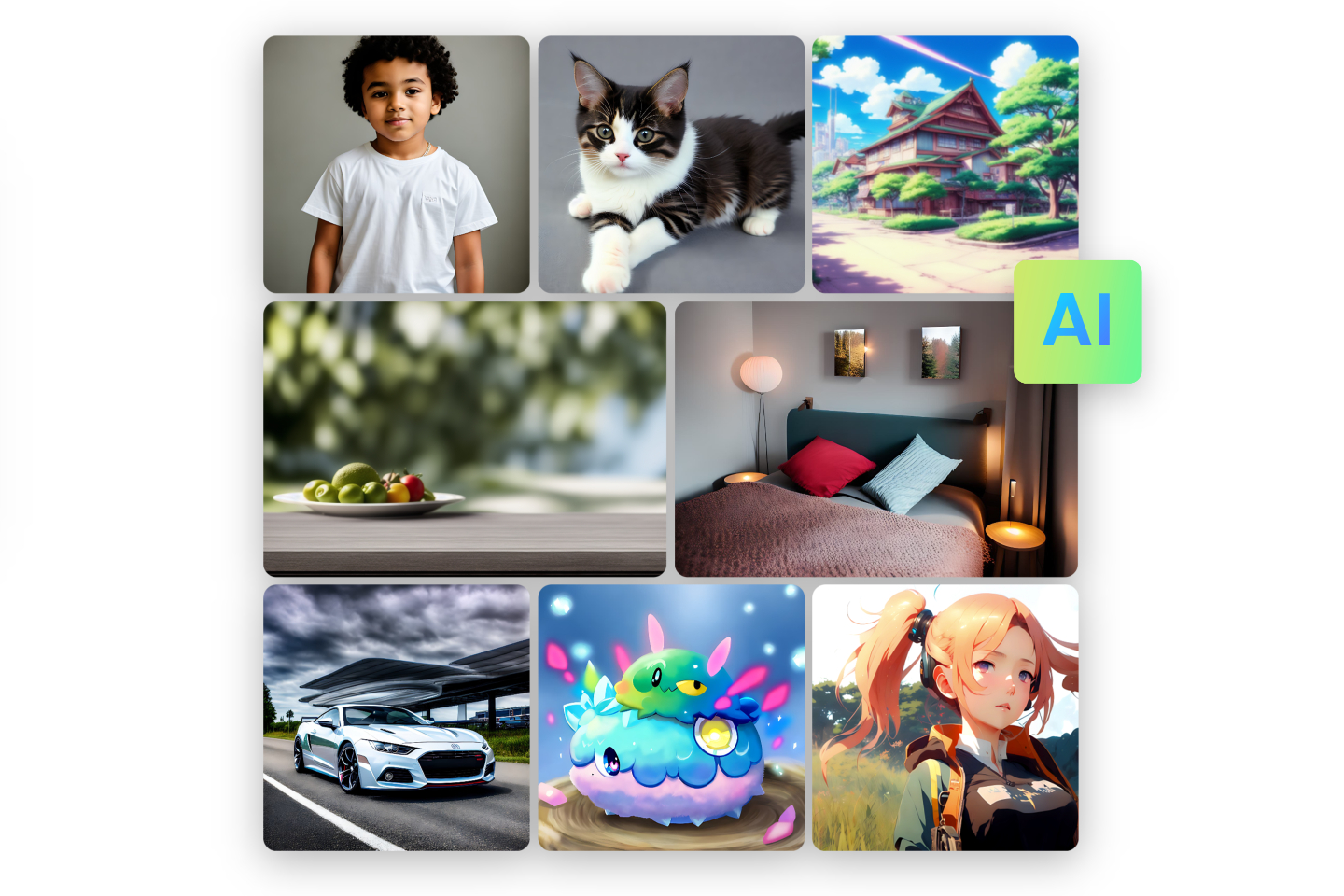
These tools boast user-friendly interfaces, enabling even those without photography expertise or budgets to swiftly generate visually appealing and images. Whether you want to create realistic photos, AI avatars, anime characters, or even interior design images. By providing detailed descriptions of the desired elements, composition, lighting, and style, users can harness the power of these AI tools to transform their creative visions into tangible, high-quality visuals in mere seconds.
Conclusion
In this article, we took you on an in-depth tour of AI camera, including its definition, features, pros and cons, and future prospects.
As AI technology continues to advance, we can expect even more sophisticated AI-driven features to emerge, further revolutionizing the world of photography and videography. By embracing these innovations, photographers and videographers can stay ahead of the curve and unlock new creative possibilities in their work.
